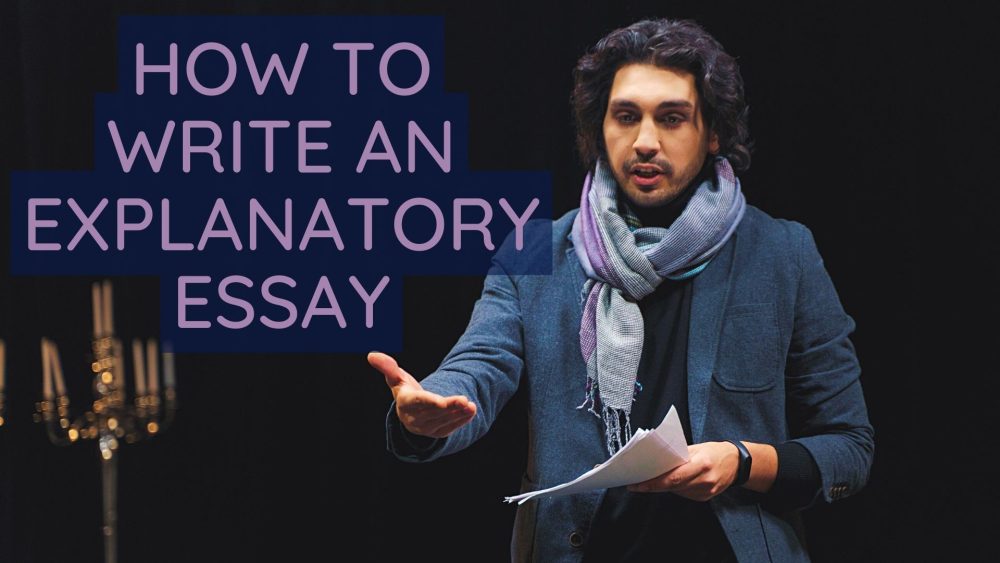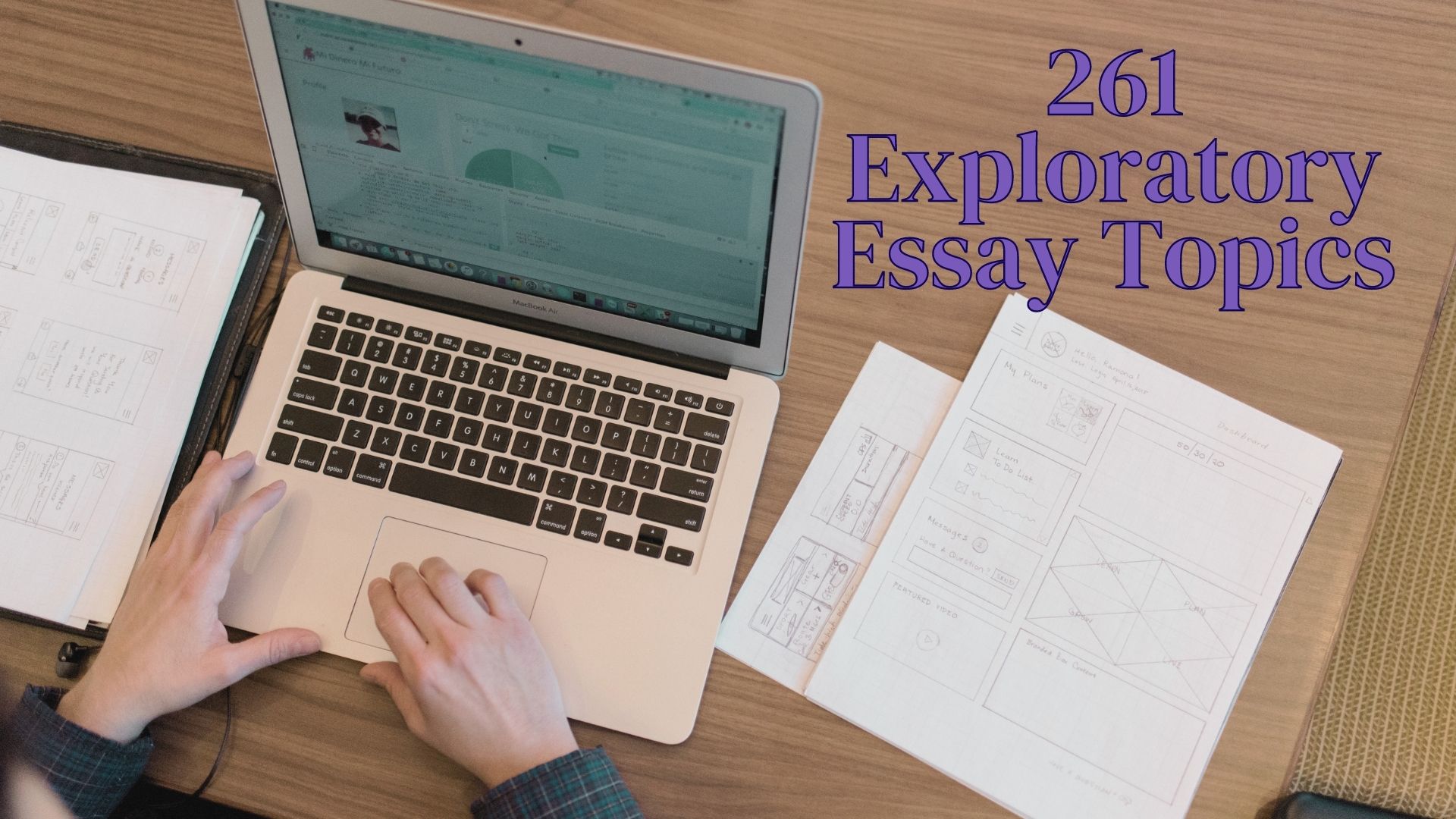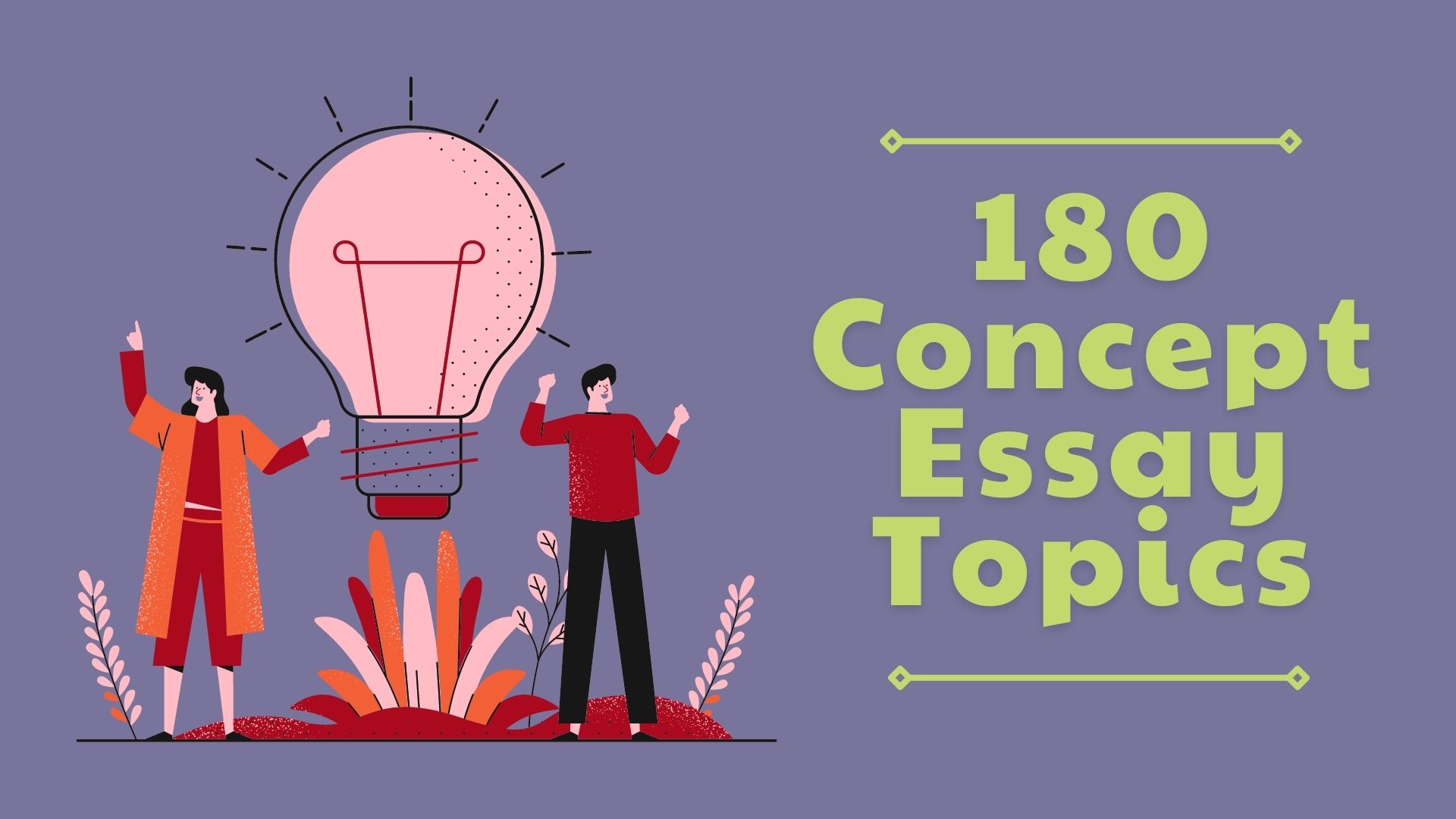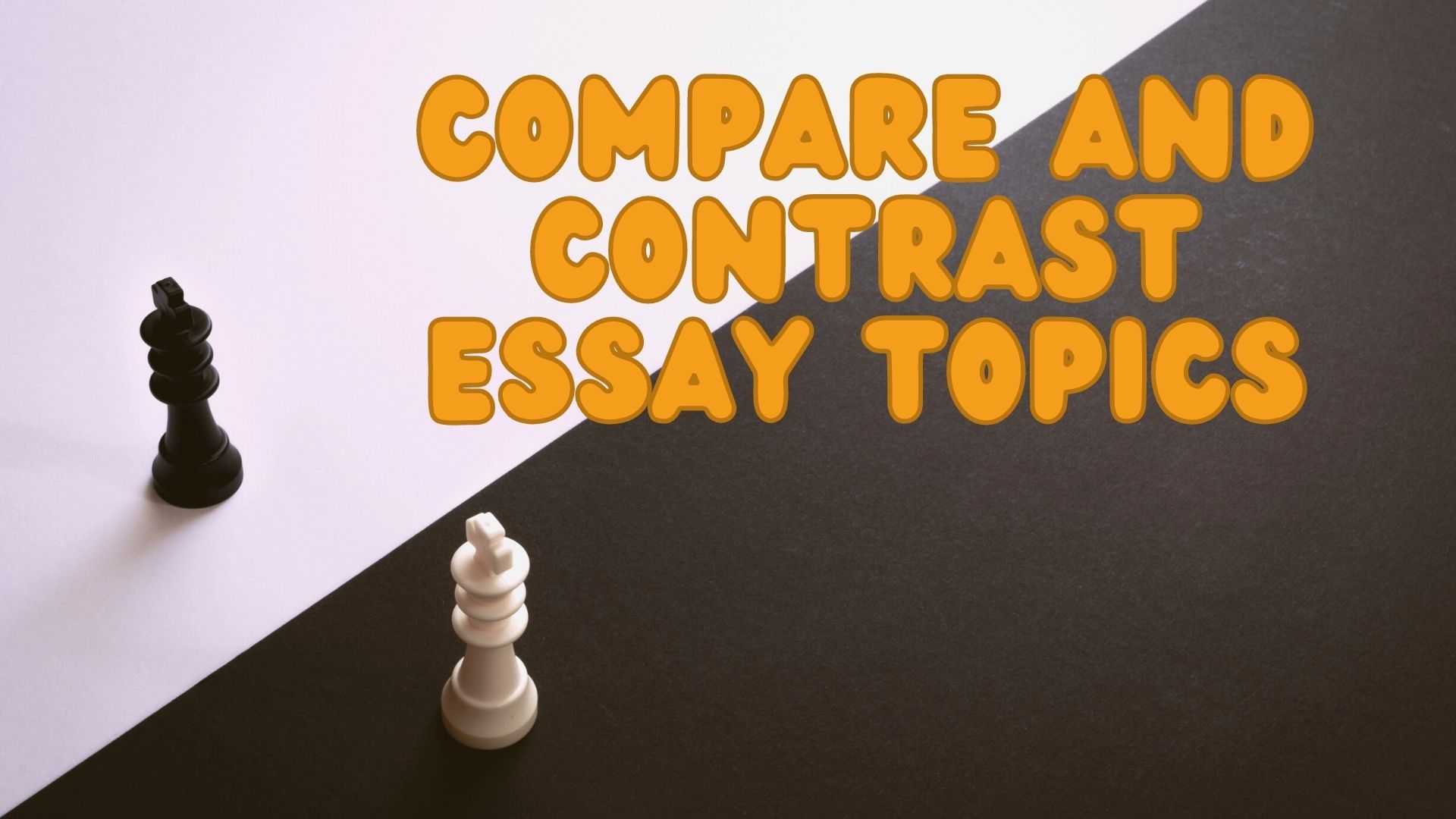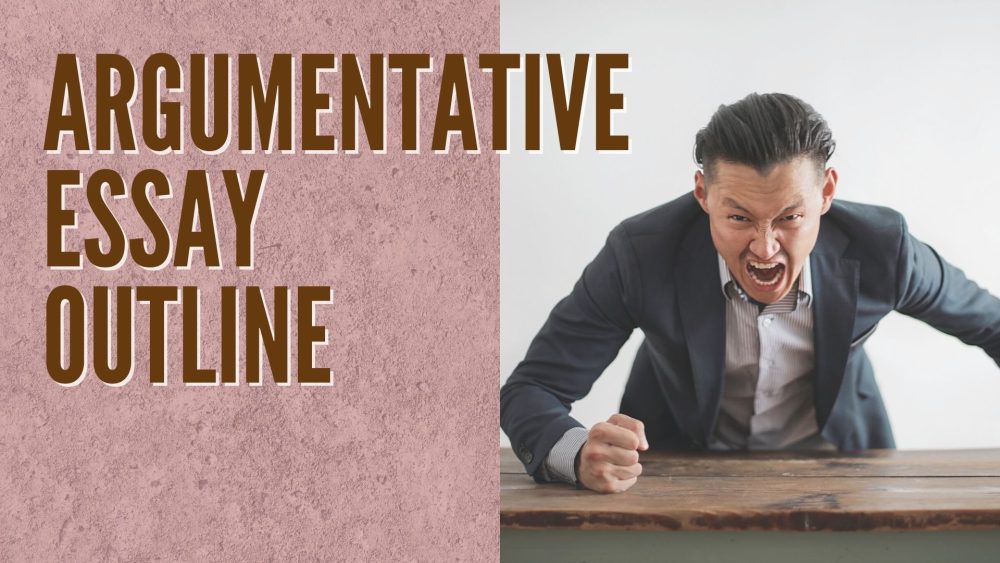Your teacher assigned you an “explanatory essay,” and now you have to do it. But you are not sure what it is or how to write it. Well we are here for you with a quick and clear guide on how to write an explanatory essay. Read below for all the info!
Table of Contents
What Is An Explanatory Essay?
Here’s an explanatory essay definition:
An explanatory essay, also known as expository writing, requires the author to describe and explain an event, topic, or situation. Unlike other forms of writing, such as persuasive and argumentative, where the writer has to convince the reader of his point of view, the explanatory essay emphasizes presenting facts, information, statistics, and examples about the situation.
Hence, there is no need to reflect on your point of view or choose aside. This form of essay is an unbiased representation of other people’s opinions. The writer is expected to present a neutral point of view related to the topic or event by analyzing facts and creating a theory.
Why Is Explanatory Writing Important?
The aim of an explanatory essay format should be to let the reader know why things happened. A clear explanatory essay will leave no doubts or questions related to the topic in the reader’s mind. An explanatory essay is crucial as it develops the ability to deliver concepts and information clearly while keeping a neutral stance.
Moreover, it’s assigned to college and university students as they need to develop skills to present ideas and information through their writing. This skill will help them in their academic years and future careers. Likewise, an explanatory thesis will help students give importance to details, observe closely, consider facts, analyze and write with clarity. If you are new to essay writing, don’t worry, as we will cover all you need to know about writing an explanatory essay.
How To Write An Explanatory Essay?
An essay that explains to the reader a concept is the explanatory writing definition. The best exploratory essay is the one that grabs the reader’s attention and answers all the questions they might have related to the topic. Read on as we take you through the steps of creating an explanatory essay:
- Pick a neutral topic
You cannot take sides in an explanatory essay; hence, choosing a non-controversial topic is essential. Make a list of all the topics that interest you, then evaluate each before selecting a topic. - Conduct research to gather evidence
Carry out in-depth analysis to support your argument. Look for facts, statistical data quotes, and survey examples to find credible information. - Outline your ideas
After the research, you will have a lot of communication with yourself, but don’t get into the writing stage right away.Take a moment to organize the information and divide it between introduction, body, and conclusion. Managing information prevents you from forgetting helpful information. This outline serves as a draft and ensures your essay follows the correct pattern and logical flow of information. No matter how stressed you are, make sure not to miss this step.
- Create a thesis statement
A thesis statement is the backbone of every essay, and they are two to three sentences that appear at the end of the introduction. The thesis statement should convey what the essay will be about and create the reader’s interest. A good thesis statement is concise, supportable, and debatable. Also, ensure that you have enough information and facts to support your thesis statement in the proceeding paragraphs. - Start your explanatory essay with a hook
A hook can be a funny anecdote, a quote, a rhetorical question, a remarkable statistic, an interesting fact, or anything else that might instantly grab the reader’s attention. Then you should start explaining the topic and end the introduction by introducing a thesis statement. - Use facts and examples to support your argument
Now comes the central part of the essay, which is drafting the main paragraphs. You can introduce different ideas in three paragraphs but ensure a smooth transition between the sections. You should have enough evidential information to support your argument to strengthen your paper. You can also use graphs, illustrations, and charts wherever necessary. - Conclude
The concluding paragraph is significant as it has the highest recall value. If you think the conclusion is where you just have to summarize the essay, you are wrong. A good conclusion reminds the reader of the thesis statement and reinstates the main ideas and information shared before. Your conclusion should be impactful to leave the reader to call for action. - Edit and proofread
Before submitting your essay, read it several times to check for spelling mistakes or grammatical errors; you wouldn’t want to submit a paper full of silly mistakes to face embarrassment at your teacher’s hands. Moreover, it’s also vital that you cite all the references you have used to avoid unintentional plagiarism.
Explanatory Essay Structure
Creating an outline is the first step to writing a good essay. The explanatory essay outline comprises of introduction, body, and conclusion. The length of the essay will depend on the topic and how much information you want to present. However, most essays tend to be one or two pages long. Let’s have a detailed look at the outline and structure of the explanatory essay to solve all your problems on how to write an explanatory essay:
- Explanatory essay introduction
An introduction is the first part that the reader will read. How much descriptions the reader will be interested to read more depends highly on how impressive the opening is. Your introduction should be strong enough to instigate the reader to continue reading. If you wonder how to start an explanatory essay, read on to find out what the introduction paragraph should include. The introduction consists of the thesis statement and covers the first two sections of the essay.Students often have questions what does an explanatory thesis statement do? The thesis statement gives a brief description of the topic and highlights what the essay will revolve around. The introduction will briefly describe the topic and some critical background information specifically related to the topic. Draft the opening so that the reader has a clear picture of what to expect in the essay. Lastly, be clear in your tone to leave no questions remaining in the reader’s minds related to what will be discussed in the essay’s body.
- Body paragraph
The body of the explanatory essay consists of three paragraphs that use this part to describe the information and facts in detail. Make sure to use a general style of approach for all the main paragraphs to back up the information you are giving. All of the information will support the thesis that you highlighted in the introduction of the essay. Use referencing data and other supporting data to back up your presented facts. It’s a good idea to easily use infographics, images, quotes, theories, etc., to illustrate the information. This will also make the essay more interesting to read. - Conclusion
The conclusion summarizes all the crucial information you mentioned in the essay and the writer’s view on the topic. Drafting an exciting conclusion is equally important as it offers a summarized understanding of the ideas you were trying to convey in the essay. Restate your thesis statement and the significance of the information you presented earlier. A good conclusion can leave a lasting impression on your writing to the reader.
Good Vs. Bad Explanation Essay Characteristics
Many students need to write explanatory writing, but many specialists also use this essay in their carrier. Hence it’s important to know the tips and tricks that can offer direction to a well-written explanatory essay.
Do’s of an excellent explanatory essay
- Presents facts and doesn’t reflect writer’s opinion
- Is focused and doesn’t have irrelevant information
- Describes cause and effect
- Explains the process
- States a problem in the introduction and then leads to a solution in the leading paragraphs
- Discusses the most important similarity and difference of the places, events or things mentioned in the topic
Don’t of an explanatory essay
- Mold information that reflects writer’s opinion
- Includes irrelevant explanation
- May include wordy descriptions
- Includes irrelevant information
- The answer to the problem highlighted in the introduction is not depicted in the essay
- Lists down similarities and differences
Explanatory Essay Example
Here is an example of explanatory essay to guide you about the format of the essay and provide some English essay writing help:
The book recounts the story of the author’s ancestors, from their beginnings to their war with the United States Army and finally of their resettlement in Oklahoma. The structure of the book is most significant in its seeming lack of structure. This at first was disorienting, as the author uses three perspectives to tell the story and does not seem to follow much of a pattern when doing so. However, by using these three voices without an apparent structure, his style becomes significant for the tone and meaning of the book.
In the first place, these voices accentuate different sides of the Kiowa people. The ancestral voice uses the myths and oral traditions of the peoples. This reveals the rich narrative history of the Kiowa peoples and offers a distinct message, one I will note after outlining the other voices. The second is the historical, which recounts the story in typical historical form. This provides a more distanced perspective and has the reader look at the people rather than with them. The final and third is the author’s, Momaday’s, own reflections. He writes in memoir form, recounting his own memories and experiences of his ancestors and their history.
The movement between these voices structures the book, but it does so in a sort of chaotic fashion. Transitions are often unmarked, and the reader does not always know who is speaking. However, this structure reflects the tone and meaning of the work. For the Kiowa people suffered a chaotic and unstructured live. Their past, in other words, matches the structure of the book. For example, they were uprooted from their Montana origins and traveled without aim in the United States. Further, the war with the United States Army was not a smooth transition but an unwelcomed fight that causes a lot of disorientation. Finally, their resettlement in Oklahoma might have been a good thing, but it only reflects their lack of grounding and upset past. Thus, the tone and meaning of the book, exemplified in the chaotic story of the Kiowa people, is reflected in the book’s structure. This structure depends on the unordered movement of three narrative voices.
Yet these voices enrich the story. For with a single, say historical, perspective, the author could not communicate the experiences of his people or his own as effectively. The reader would remained distanced from the scenes and the experiences of the people. Yet with only a personal memoir, I would be left wondering what else the reader is missing out on. In other words, it would create a skepticism towards the singular, subjective perspective. Likewise, the ancestral voice would provide a victims view on the situation. While I do trust it, it offers a narrower scope than the three voices combined. Not only does this format inform in a richer way, it also has rhetorical significance for the reader. For we see and feel the expressions of the the people in their myths and oral traditions.
Likewise, Momaday’s reflections offer a more moving account of the war and pain than the historical view. I do not think that one is better than the other. The strength of the book is its use of all three styles. It dictates the structure of the story, which then reflects the tone and meaning of the literature. Yet it also shows the different aspects of the story while offering a rhetorical thrust unattainable with one voice. Momaday’s book is a sad and sometimes happy but overall moving account of himself and his people, the Kiowa.
Get Explanatory Essay Help Today
An explanatory essay is a common form of writing that doesn’t make it easy to handle. Remember to follow the informative guidelines discussed above to draft an excellent explanatory essay. If you are still worried about ending up with a bad grade, contact us, and we will offer the best online writing services for your work. Just tell us to “Write my essay” and we will provide ENL writers who are excellent essay helpers. Write to us, and we will get the best native writer for the job who will offer high quality, grammatically correct, and custom services for students of any school and university class. When you buy custom essay online with us, you’ll get top notch results. Teachers and professors can also contact us to reduce their workload to get a chance to enjoy their weekends. So, contact us now!


